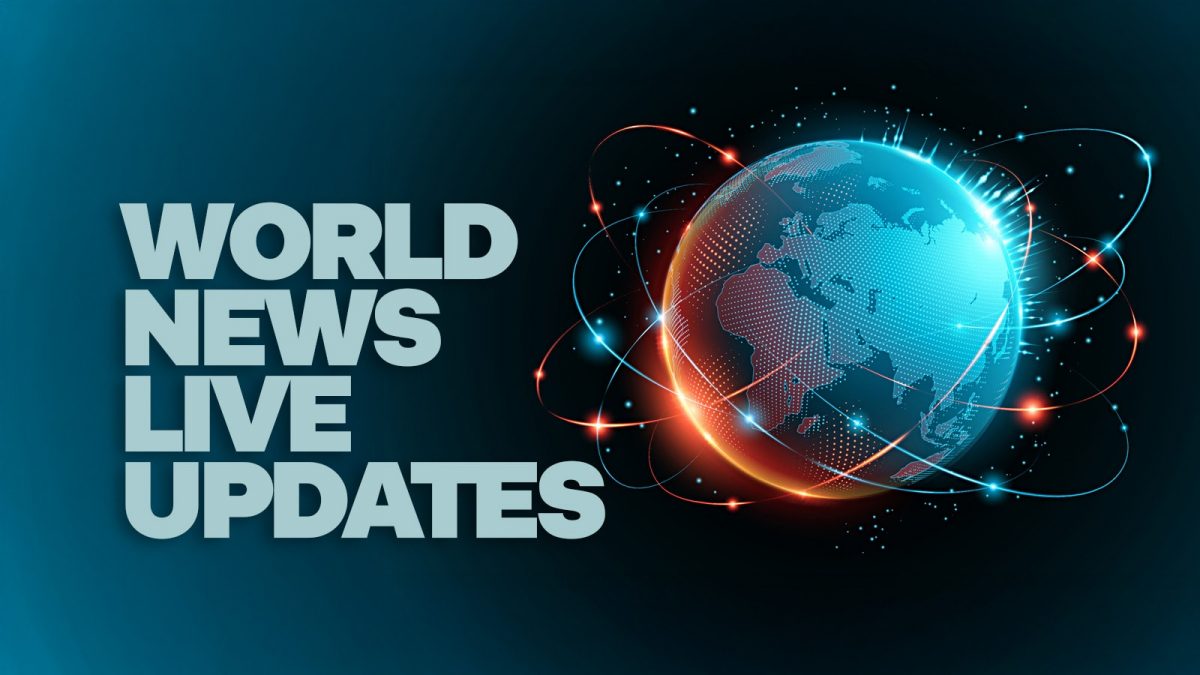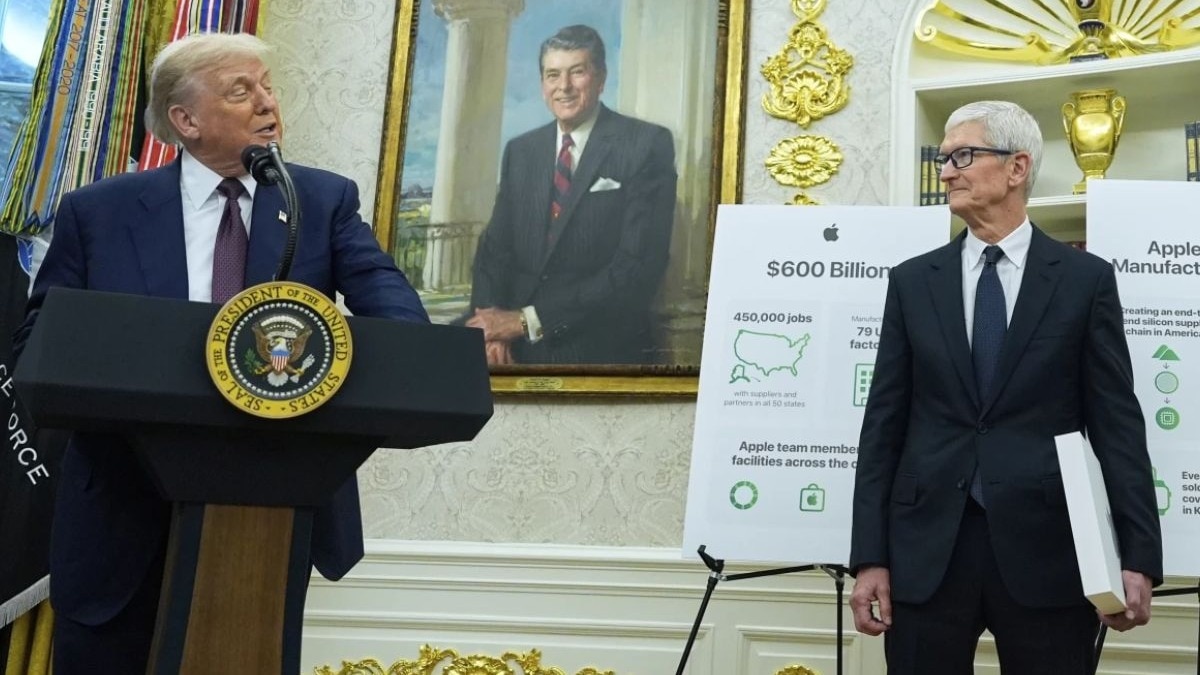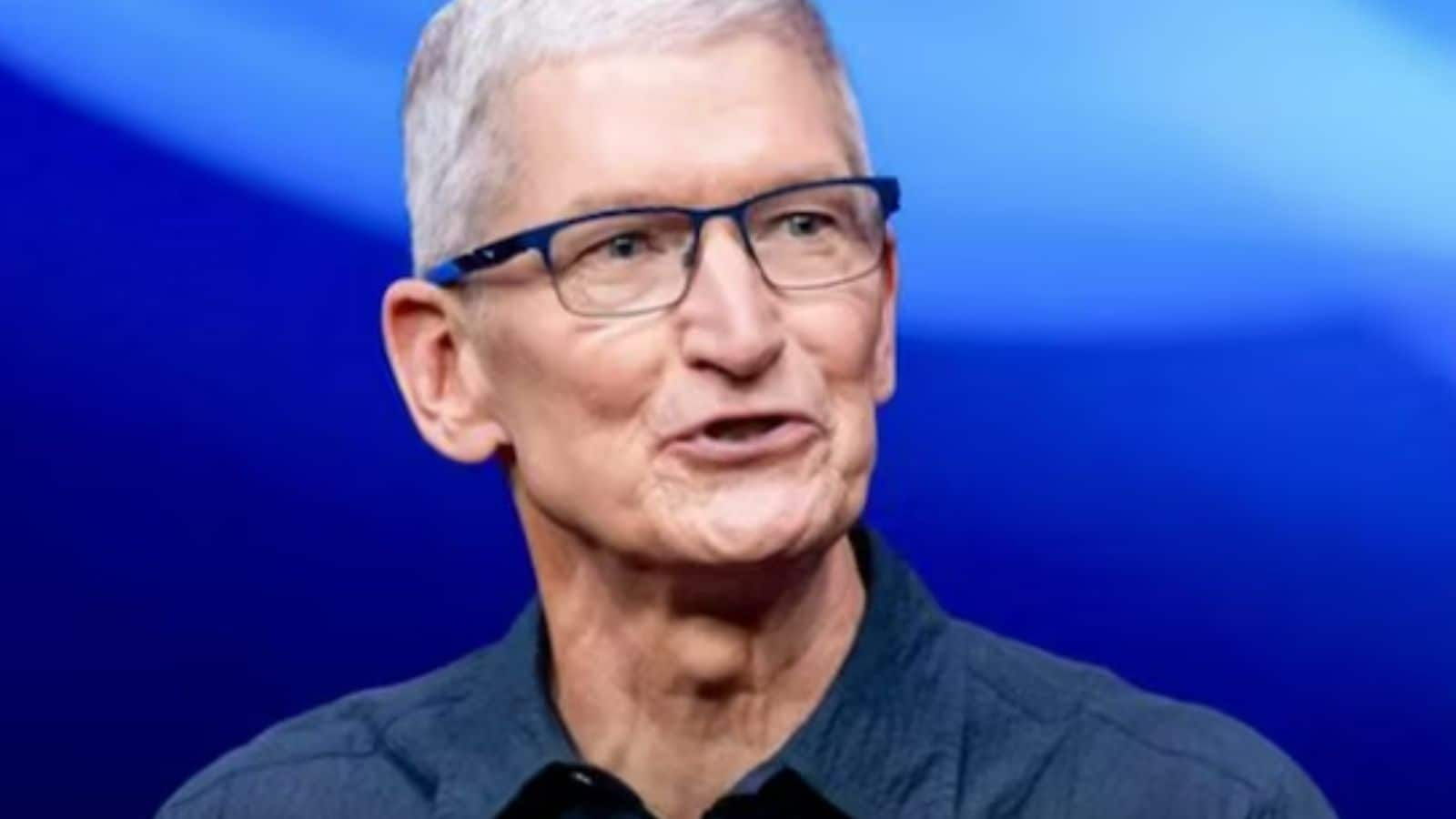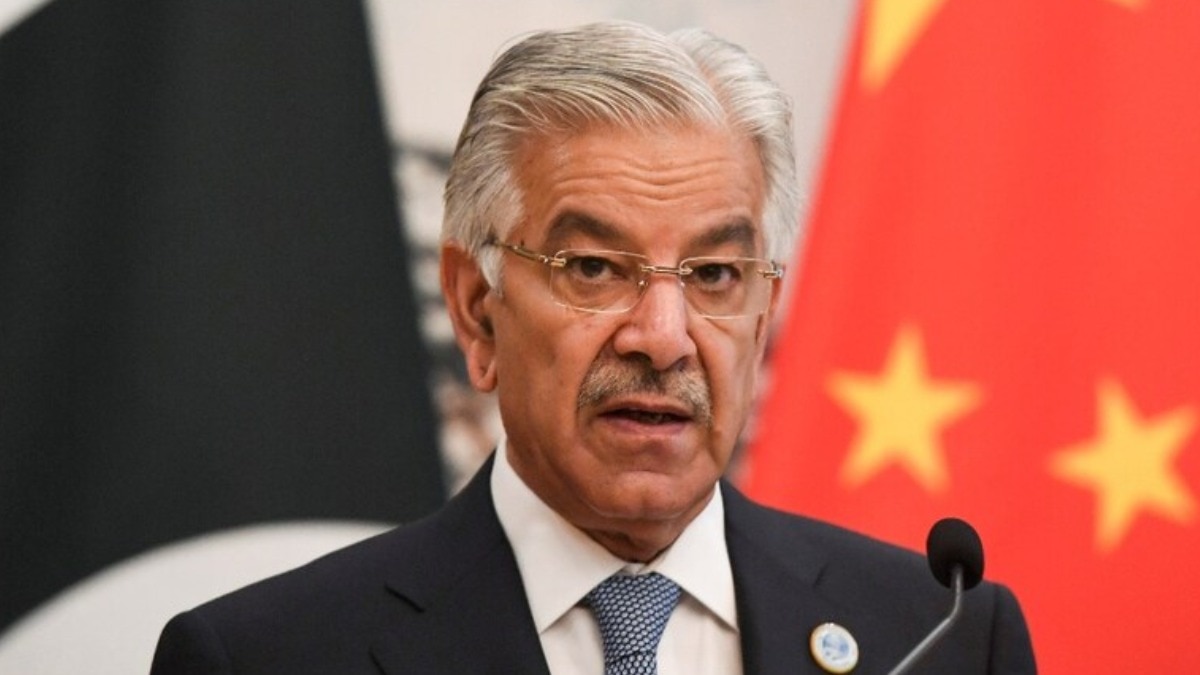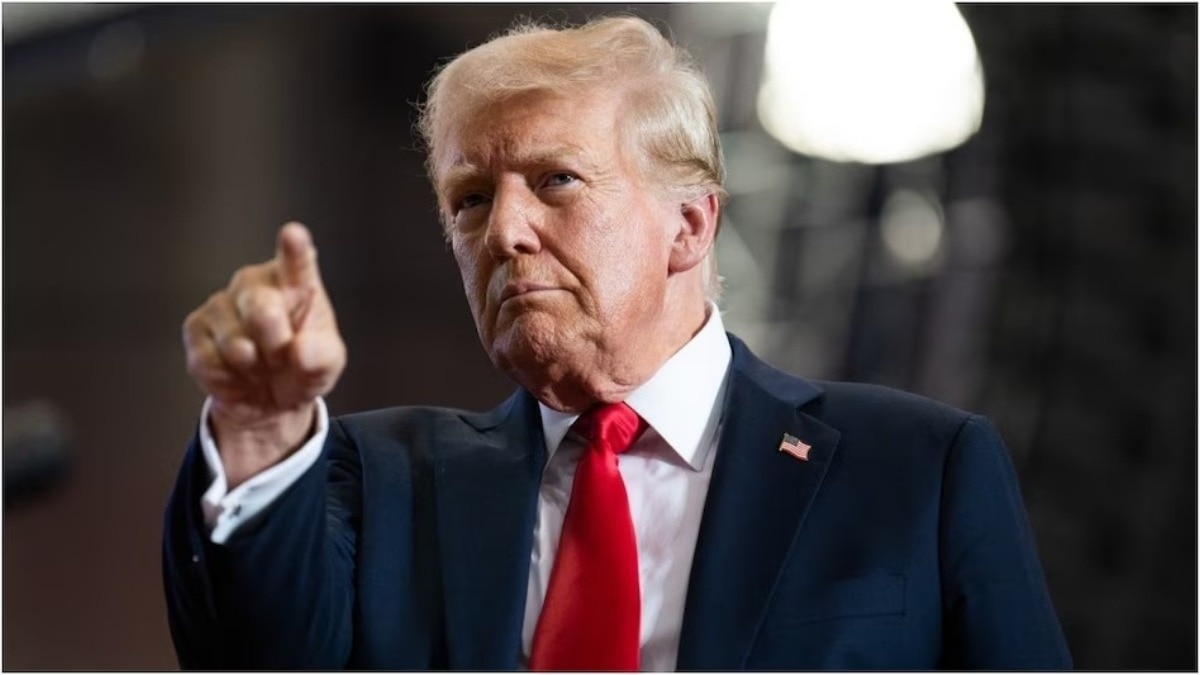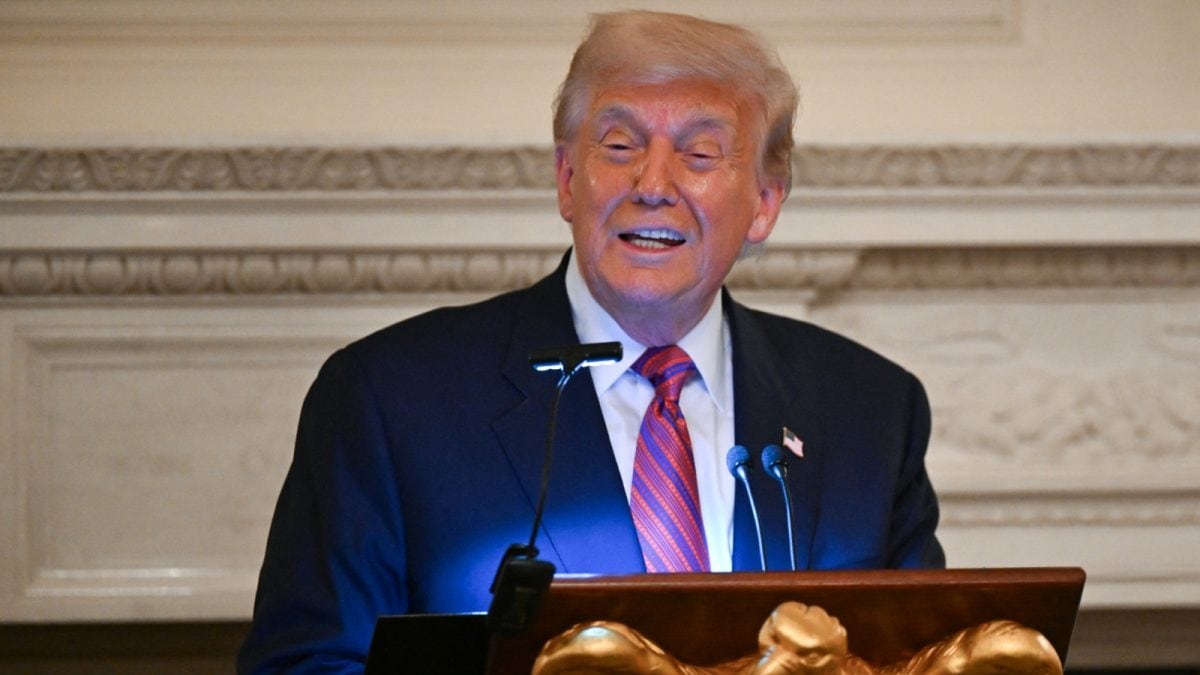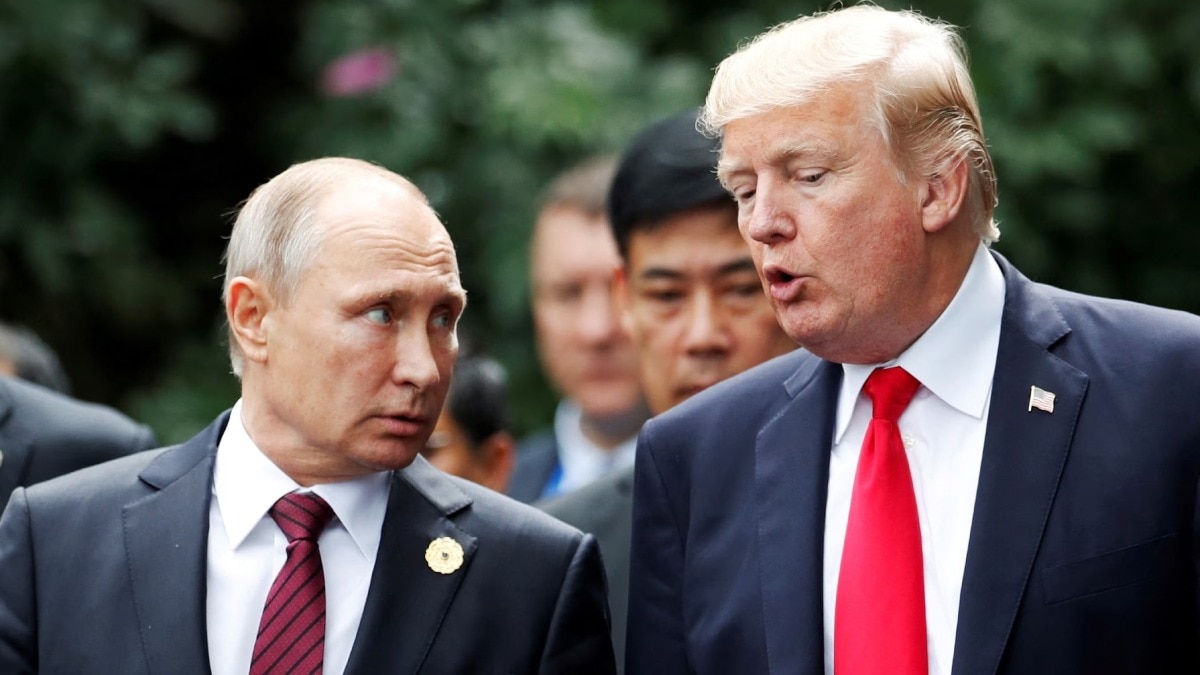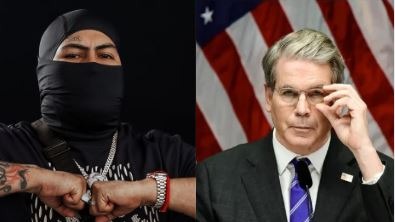Donald Trump's aggressive tariffs and threats were meant to isolate rivals—but instead, they sparked a historic realignment. India, China, and Russia are quietly coordinating, proving that heavy-handed U.S. pressure can backfire and reshape the global order.
Donald Trump's second-term foreign policy has triggered a geopolitical earthquake that may be reshaping the global order in ways Washington never intended. His aggressive trade tactics, including a 25% tariff on Indian goods and threats of 100% tariffs on China, are inadvertently pushing three historical rivals closer together in what could mark the beginning of a new Eurasian power axis.
The catalyst for this unexpected alignment came in 2025 when Trump launched his economic war against India with a brutal 25% tariff on Indian goods. His justification was India's continued imports of discounted Russian oil, with Washington painting New Delhi as an enabler of Putin's war machine. Trump's rhetoric was characteristically blunt: "India is funding the enemy."
For India, whose economy relies heavily on exports to the United States as its largest export destination, the trade shock felt like betrayal rather than partnership. What particularly stung New Delhi was the hypocrisy: the same West that condemns India's Russian oil purchases quietly continues buying Russian uranium, palladium, and fertiliser. The message from Washington was clear - rules for thee, but not for me.
This double standard has eroded trust and triggered something deeper: India's search for energy sovereignty. The country's foreign policy has long prided itself on strategic autonomy, but Trump's aggressive and transactional approach has made policymakers in South Block question whether America can be trusted as a long-term partner.
The geopolitical implications became clearer when Trump threatened China with similar measures, demanding Beijing cut Russian oil imports or face 100% tariffs. Suddenly, the two biggest Asian giants, despite their mutual distrust, found themselves standing shoulder to shoulder on one issue: resisting American coercion.
The effect has been quiet coordination. At international forums, India and China began pushing back against US narratives, defending their right to import Russian oil. Moscow, watching this unfold with glee, started nudging both nations toward the long-dormant Russia-India-China framework. The RIC idea isn't new, floating since the early 2000s, but thanks to Trump, it's back in vogue.
Russia has begun pitching the RIC as an alternative pole to US-led alliances like NATO and the Quad. China smiled. India didn't dismiss it. That alone represents a seismic shift.
Of course, no one is pretending this is a love triangle. India and China still glare at each other across the Himalayas. But the Trump factor has made dialogue between old rivals not just necessary, but strategic. It's not friendship; it's survival.
Meanwhile, Trump's attempts to reinvent himself as a dealmaker included pushing for a Ukraine ceasefire on suspiciously Kremlin-friendly terms. He openly dismissed full Ukrainian territorial restoration as "unrealistic" and cut Europe out of negotiations.
Historically, India and China have clashed militarily, diplomatically, and economically. But when both are targeted by the same actor, old rivalries don't vanish but they pause. Whether at BRICS summits or G20 meetings, both nations began coordinating stances on oil trade, sanctions, and multipolarity.
There's no formal India-Russia-China alliance, no mutual defence pact, no signed economic union. Border tensions between India and China remain real, and mistrust runs deep. But what Trump has created is shared pressure, and pressure creates alignment, even if temporary.
The RIC axis isn't forged in friendship but in fear of US unpredictability, economic punishment, and global instability. Strategic autonomy is no longer a philosophical choice for India but an economic and diplomatic necessity. Trump's wrecking ball approach has made that painfully clear.
This isn't conspiracy; it's consequence. America may not be prepared for a world where the very powers it tried to divide start working together.
- Ends
Published By:
Rudrashis kanjilal
Published On:
Aug 6, 2025

 5 hours ago
5 hours ago
